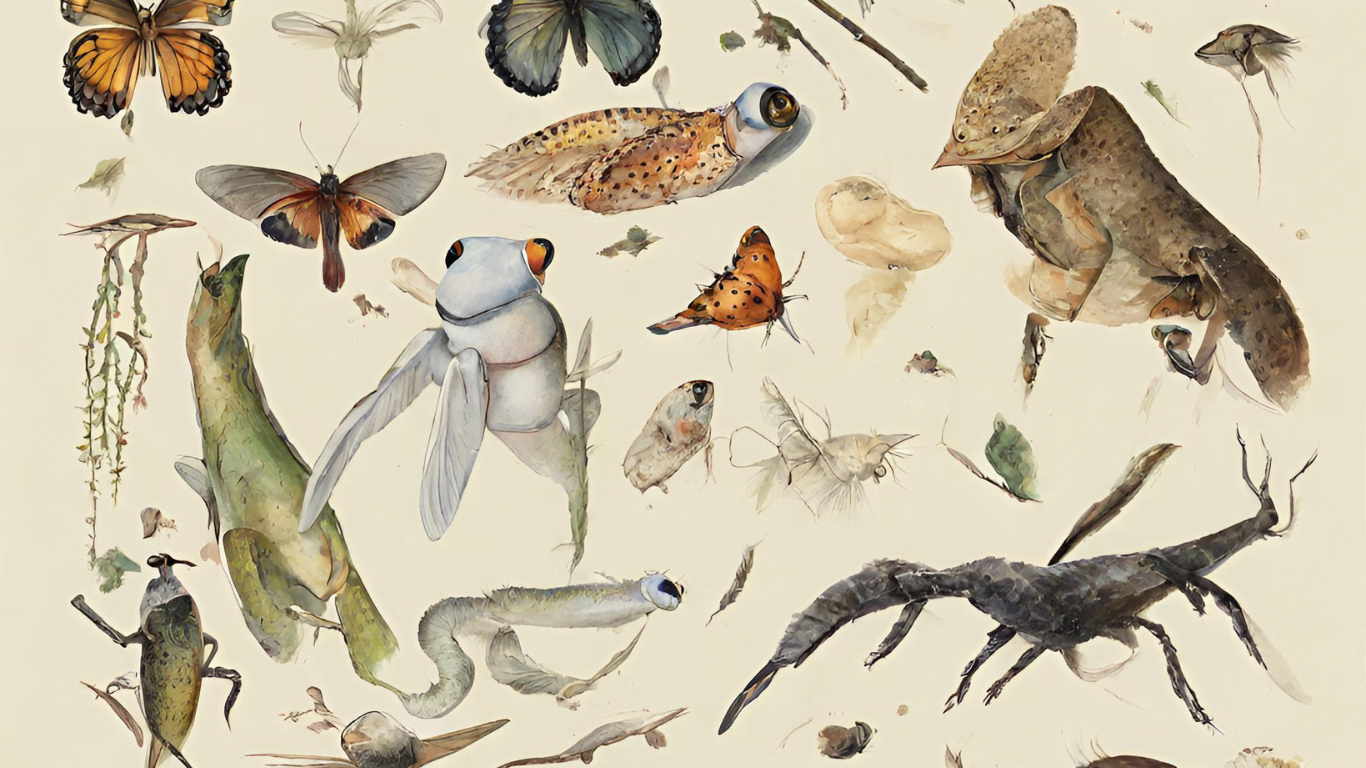The “Key Species Project” works to understand and protect important animals and plants like nature’s superheroes, helping keep ecosystems balanced. These special species, called keystone species, have a big impact on their homes, affecting the variety and well-being of the whole area. Our project examines why these species are important for keeping nature diverse and ecosystems healthy.
Source of this topic: education.nationalgeographic.org
We do this by studying them closely, learning about where they live, how they act, and what they do for their environment. With our research and efforts to save them, we want to tell more people why keystone species matter and how they’re connected to other living things.
We also think communities must be part of this – by getting involved and learning, we can all help these key species survive. Ultimately, the “Key Species Project” wants to ensure these vital parts of nature stay safe, creating a balanced and strong environment for the next generations.
What is the Key Species Project?
The Key Species Project is an important effort to learn about and protect special natural species. These species, called keystone species, are significant for keeping the environment healthy. Like other animals and plants, keystone species greatly impact nature, affecting how diverse and stable ecosystems are.
This project aims to find and study these key species, figuring out why they matter and how they connect with other living things. Scientists are looking closely at how these species help different kinds of plants and animals live together, control how many there are, and shape whole ecosystems.
Understanding how these species work helps conservationists create good plans to save nature and keep everything in balance. The Key Species Project shows how crucial it is to protect these special species, like the linchpins that hold our planet’s diverse ecosystems together and keep them healthy.
Why are keystone species important?
Keystone species are significant for nature because they help keep ecosystems balanced and healthy. Unlike other plants and animals, these special species play a big role in keeping different kinds of life in check. Think of them like the linchpins holding everything together—if you take them out, the whole system could fall apart.
Related Post: Keystone Species to the Concept Map
Keystone species control how many other plants and animals there are, affecting the variety of life in an area. They also shape the landscape and allow different species to live together peacefully.
By understanding and looking after these key players, we can ensure nature stays in harmony, keeping our planet’s diverse ecosystems strong and resilient. Keystone species are like nature’s architects, shaping how ecosystems work and helping many species survive.
FAQs
1. Why are keystone species important for ecosystems?
Keystone species significantly impact biodiversity and stability, influencing the overall well-being of ecosystems. They play a crucial role in shaping and regulating the environment.
2. How does the Key Species Project identify keystone species?
Scientists use rigorous methods to identify keystone species, analyzing their ecological roles, population dynamics, and ecosystem relationships to determine their significance.
3. What role do keystone species play in biodiversity?
Keystone species control the populations of other organisms, affecting the variety of life in an area. They contribute to the diversity and harmony of different species within ecosystems.
4. How can individuals contribute to the Key Species Project?
Individuals can support the Key Species Project by participating in conservation efforts, raising awareness about keystone species, and contributing to organizations dedicated to preserving these crucial elements of ecosystems.
Conclusion
In Conclusion, The Key Species Project is crucial for keeping our planet’s balance. By taking care of special keystone species, we make sure different ecosystems stay strong and healthy. This project shows the importance of these species and asks everyone to work together to keep the web of life safe. It’s all about making sure Earth has a good and lasting future.

